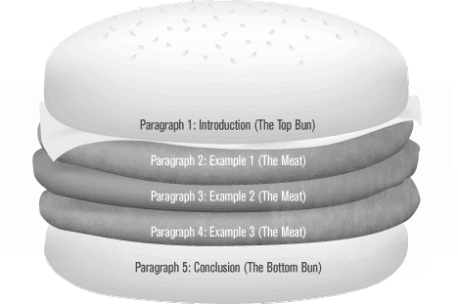Period/Full Stop
Use a period to end a complete sentence. A sentence is a group of words containing a subject and predicate. In British English a period is called a ‘full stop’.
Examples:
He went to Detroit last week.
They are going to visit.
Comma
There are a number of different uses for commas in English. Commas are used to:
- Separate a list of items. This is one of the most common uses of a comma. Notice that a comma is included before the conjunction ‘and’ which comes before the final element of a list.
Examples:
I like reading, listening to music, taking long walks, and visiting with my friends.
They would like books, magazines, DVDs, video cassettes, and other learning materials for their library.
- Separate phrases (clauses). This is especially true after a beginning dependent clause or a long prepositional phrase.
Examples:
In order to qualify for your certificate, you will need to take the TOEFL exam.
Although he wanted to come, he wasn’t able to attend the course.
- Separate two independent clauses that are connected by a conjunction such as ‘but’.
Examples:
They wanted to purchase a new car, but their financial situation would not allow it.
I’d really enjoy seeing a film this evening, and I’d like to go out for a drink.
- Introduce a direct quote (as opposed to indirect speech i.e. He said he wanted to come …).
Examples:
The boy said, “My father is often away during the week on business trips.”
His doctor replied, “If you don’t stop smoking, you run the risk of a heart attack.”
- Separate appositives (a noun, or noun phrase) or non-defining modifying clauses.
Examples:
Bill Gates, the richest man in the world, comes from Seattle.
My only sister, who is a fantastic tennis player, is in great shape.
Question Mark
The question mark is used at the end of a question.
Examples:
Where do you live?
How long have they been studying?
Exclamation Point
The exclamation point is used at the end of a sentence to indicate great surprise. It is also used for emphasis when making a point. Be careful not to use an exclamation point too often.
Examples:
That ride was fantastic!
I can’t believe he is going to marry her!
Semicolon
There are two uses for a semicolon:
- To separate two independent clauses. One or both of the clauses are short and the ideas expressed are usually very similar.
Examples:
He loves studying; He can’t get enough of school.
What an incredible situation; it must make you nervous.
- To separate groups of words that are themselves separated by commas.
Examples:
I took a holiday and played golf, which I love; read a lot, which I needed to do; and slept late, which I hadn’t done for quite a while.
They plan to study German, for their travels; chemistry, for their work; and literature, for their own enjoyment.
Colon
A colon can be used for two purposes:
- To provide additional details and explanation.
Examples:
He had many reasons for joining the club: to get in shape, to make new friends, to lose some weight, and to get out of the house.
She gave notice for the following reasons: bad pay, horrible hours, poor relations with colleagues, and her boss.
- To introduce a direct quote (a comma can also be used in this situation).
Examples:
He announced to his friends: “I’m getting married!”
She cried out: “I never want to see you again!”
Apostrophe
There are two functions of the apostrophe
- to indicate possession
Examples:
The teacher’s pen.
The students’ books.
- to indicate omitted characters in contractions.
Examples:
I can’t make it to the party tonight.
It’s a cold day today.
Brackets
The nonmathematical function of brackets is to enclose editorial insertions, corrections, and comments in quoted material and in reference citations
Example:
“[Mandela] created hope where there was none.” (Andrew Mlangeni)
Hyphen
The hyphen is used to connect words or parts of words: it connects the syllables of words broken at the ends of lines, it connects prefixes and suffixes to words, and it connects compound words. The modern trend is away from hyphenation. Permanent compounds tend to become solid, and temporary compounds tend to be hyphenated only when necessary to avoid ambiguity.
Quotation Marks
Quotation marks are used to enclose words quoted from another source, direct discourse, or words requiring differentiation from the surrounding text. Since they enclose, they always come in pairs. They can also be overused and render a text visually hard to read.
Examples:
“I am travelling this weekend,” he said.
Have you been reading “The New York Times” recently?
